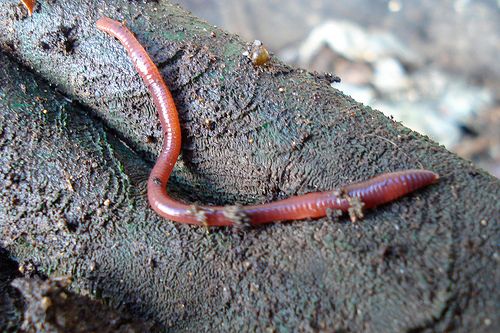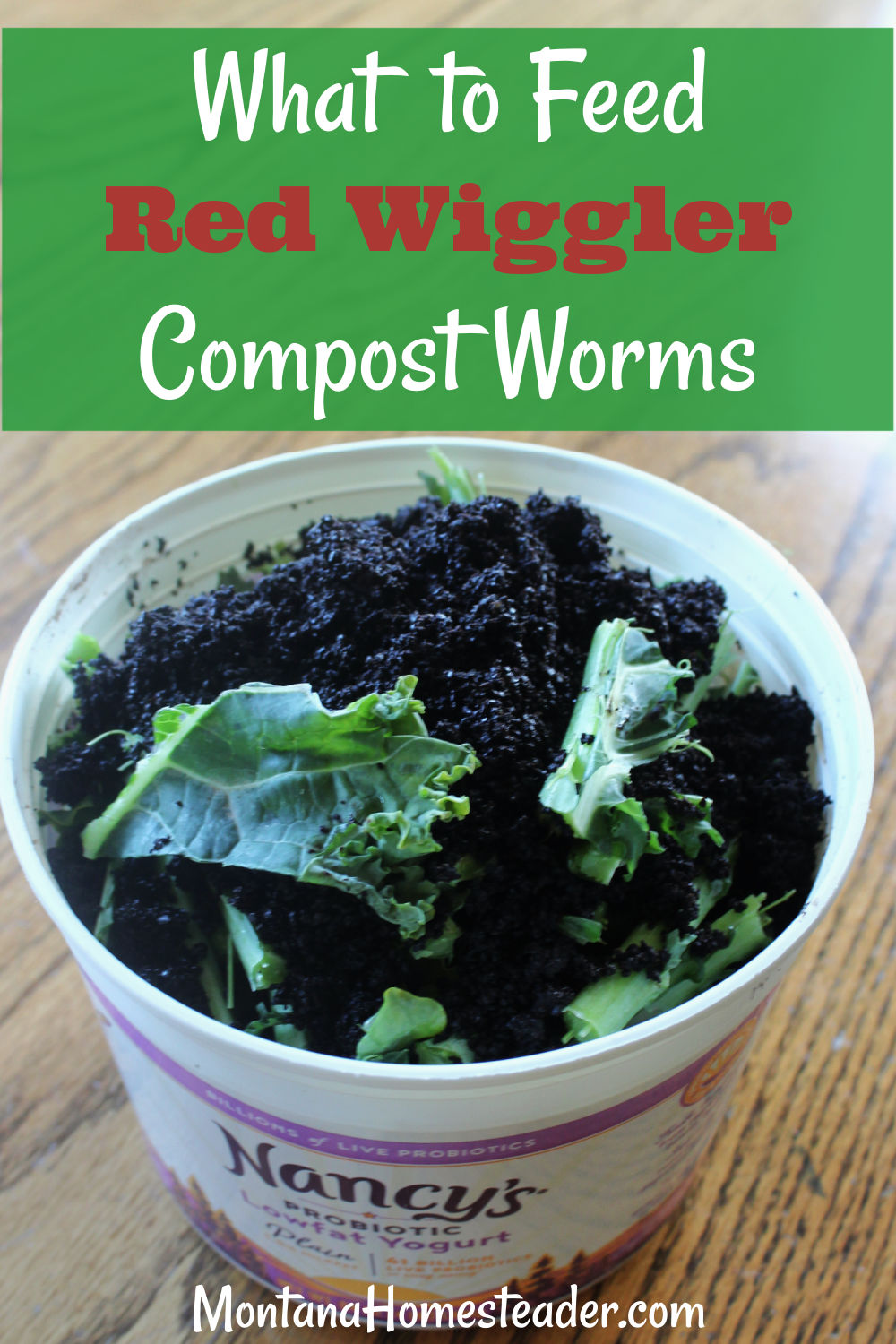Red Wigglers: The Unsung Heroes of Organic Waste Recycling
Red wigglers, or Eisenia fetida, function as important agents in the natural waste recycling process, transforming disposed of materials right into beneficial vermicompost. Their efficient breakdown of raw material not only boosts dirt quality but additionally adds to lasting waste administration methods. As the world progressively looks for services to fight waste buildup and boost agricultural productivity, recognizing the function of these worms becomes essential. What mechanisms allow them to prosper in garden compost atmospheres, and how can they be efficiently made use of in both domestic and commercial setups? Discovering these inquiries exposes the wider implications of vermicomposting in our ecological landscape.
What Are Red Wigglers?
The remarkable resilience of red wigglers, clinically called Eisenia fetida, emphasizes their crucial duty in organic waste recycling. These small, reddish-brown earthworms are normally found in disintegrating organic issue, such as compost stacks and manure lots. Lake Hickory Bait. Unlike various other earthworm types, red wigglers flourish in nutrient-rich environments and are extremely efficient at damaging down organic products, making them essential for vermicomposting

(Red Wiggler Express)Along with their role in waste reduction, red wigglers add to dirt health and wellness by enhancing soil structure and aeration through their tunneling tasks (Lake Hickory Bait). Their presence in composting systems not only enhances disintegration prices yet likewise promotes a sustainable technique to waste administration, highlighting their significance in eco-friendly preservation initiatives
Advantages of Composting With Worms
Composting with worms, especially red wigglers, provides various benefits that boost both waste monitoring and dirt health and wellness. Initially, these worms successfully damage down organic waste, converting it right into nutrient-rich vermicompost that enhances dirt. This procedure accelerates disintegration, allowing for a faster recycling of cooking area scraps and other natural materials compared to conventional composting techniques.
In addition, the vermicompost produced by red wigglers is including useful microbes, which aid enhance dirt framework, oygenation, and moisture retention. This improves the general wellness of plants, advertising energetic development and increased returns in yards and agricultural setups. The usage of worms in composting reduces the production of greenhouse gases, such as methane, contributing to a much more lasting waste management system.

Exactly How to Start Vermicomposting
Developing a vermicomposting system is a straightforward process that can produce significant benefits for both waste administration and dirt enrichment. To start, select a suitable container, such as a plastic container or wooden box, with sufficient air flow openings to make sure appropriate airflow. The dimensions need to ideally be about 2 feet by 3 feet, allowing ample room for the worms to flourish.
Following, prepare bedding material, which can include shredded newspaper, cardboard, or coconut coir. This bed linens ought to be dampened to develop a suitable habitat for the worms. Once the bedding remains in area, introduce red wigglers (Eisenia fetida) into the bin, generally around one pound of worms for every square foot of surface.
Complying with the placement of worms, add organic waste, such as vegetables and fruit scraps, coffee grounds, and crushed eggshells. Avoid including milk, meat, or oils, as these can create odors and bring in bugs. Place visit homepage the container in a shaded, temperature-controlled area to maintain optimal problems for worm activity. With these steps, you will successfully launch a vermicomposting system that adds to sustainable waste management and enriches your dirt.
Maintaining a Healthy Worm Container
(Red Wiggler Express)Keeping a worm bin growing requires routine focus and like ensure the health of the red wigglers and the effectiveness of the composting process. Proper upkeep begins with keeping an eye on the dampness degrees; the container must perspire yet not saturated. An excellent regulation of thumb is to maintain a consistency similar to a wrung-out sponge.
Oygenation is important as well. Gently blending the bed linen and food scraps every couple of weeks stops compaction and ensures that all worms have access to oxygen. Additionally, it is important to feed the worms suitably. A balanced diet regimen of vegetables and fruit scraps, coffee grounds, and smashed eggshells must be offered in small amounts to avoid overfeeding, which can result in smells and parasites.
Temperature level regulation is one more crucial facet. Red wigglers thrive in a variety of 55 to 77 degrees Fahrenheit. If the bin ends up being also warm or cold, the worms may end up being stressed out - Lake Hickory Bait. Regularly inspect for indicators of health, such as worm populace growth and the visibility of healthy spreadings. By diligently handling these elements, one can keep a robust and effective worm bin.
Influence On Lasting Living
The effective maintenance of a worm bin not just profits the health of red wigglers but also adds significantly to sustainable living methods. By reusing natural waste, such as cooking area scraps and lawn debris, red wigglers help divert significant quantities of product from land fills. This decrease in waste not just reduces greenhouse gas exhausts yet additionally decreases the environmental problem linked with waste management.
Furthermore, the castings generated by red wigglers function as a nutrient-rich natural fertilizer, improving soil wellness and promoting plant development. This all-natural option to chemical fertilizers sustains sustainable farming and gardening techniques, lowering reliance on artificial inputs that can hurt ecological communities. Furthermore, worm composting cultivates understanding of waste management, urging individuals and areas to embrace more lasting practices.

Verdict
In summary, red wigglers offer as vital factors to organic waste recycling via their reliable disintegration of natural products. By incorporating vermicomposting into waste administration methods, people and areas can considerably minimize waste while advertising environmental sustainability.